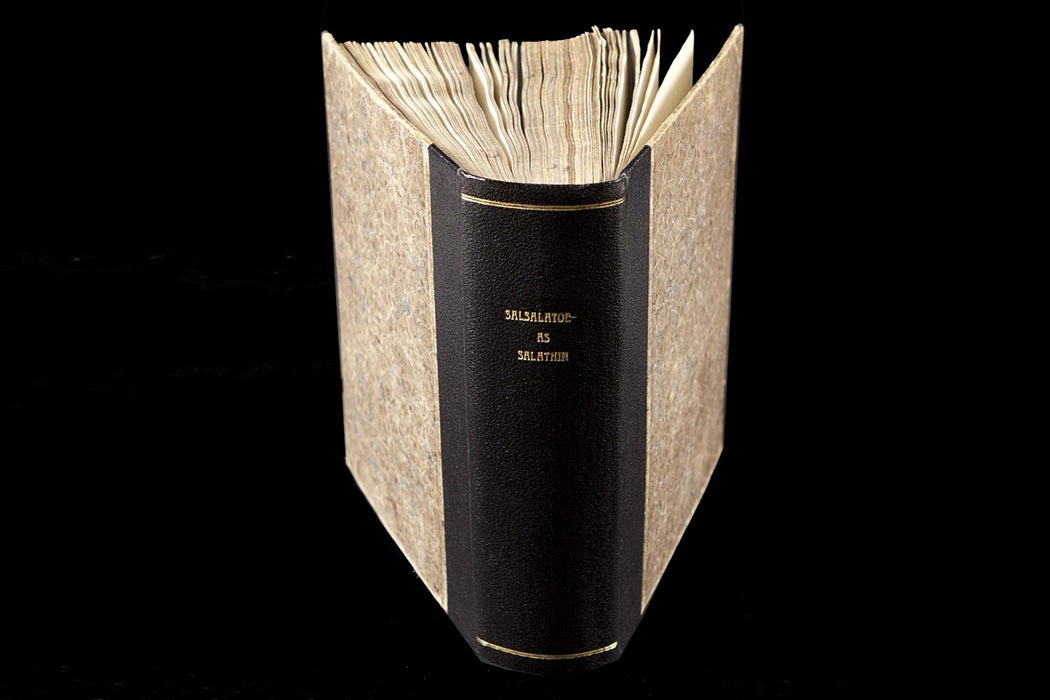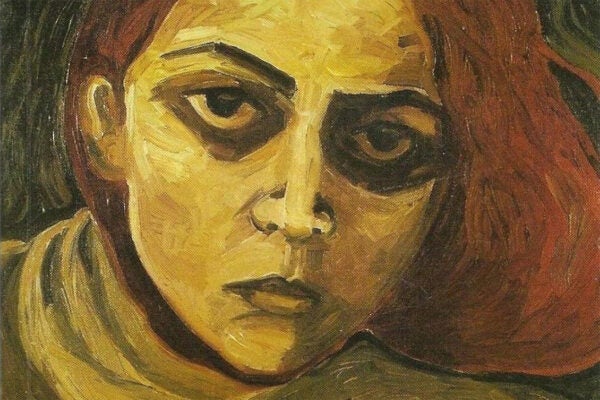Beautiful princesses appear in many works of classical literature, and Malay texts are no exception. One famous figure from the Sejarah Melayu, also known as
Sulalat al-Salatin or Malay Annals, is the mythical Hang Li Po—supposed daughter of a Chinese emperor, who becomes the wife of the Raja of Melaka (historic Malacca, Malaysia).
Such “circulating women,” who travel between royal households, “cannot be dismissed as peripheral figures in the history of Malay monarchy,” write researchers Ruzy Suliza Hashim, Ungku Maimunah Mohd Tahir, Nor Hashimah Jalaluddin, and Zulkarnaen Moham. The study of classical Malay texts shows that narratives about giving royal brides as gifts are more complex than simply trafficking in women as objects.
“Whether they were consorts, concubines and maids-in-waiting in the Malay courts, the traffic of women showed an elaborate web of social exchange where symmetrical and asymmetrical reciprocity took place in various political situations of the day,” they argue.
In the fifteenth century, Malay ruler Sultan Mansur Syah and the Emperor of China sought to outdo each other—so the story goes—by sending ships back and forth to show off their realms’ splendor. As part of the competition, China’s emperor dispatched his own daughter, Hang Li Po, to Melaka, where she converted to Islam, married Sultan Mansur Syah, and gave birth to his son.
Though actual evidence of such a marriage is glaringly absent from Chinese historical records, the researchers note that the tale is more significant in Malay culture and “is often cited as the beginning of Baba Nyonya community (Straits Chinese) in the Malay Peninsula.”
But the story doesn’t end there.
According to the Malay Annals, the Emperor of China developed a disfiguring skin disease. He learned he could be cured only by drinking and bathing in water that Sultan Mansur Syah used to wash his feet.
“[The emperor] then took an oath that never again would he accept ‘obeisance’ from the Raja of Ujong Tanah [Singapore, then under control of Melaka] (and that oath holds good) to the present day,” the Annals recount. The emperor further declared that this promise would hold through the ages. Anyone who ruled after him would “never demand ‘obeisance’ from the Raja of Melaka or those that come after him, but only friendship on equal terms.”
The conventional view of marriage transactions would seem to grant the Chinese emperor a higher social rank, “because wife-giving affords a superior position to wife-taking,” the researchers explain. In sending a potential wife to Sultan Mansur Syah, the emperor had “calculated to coerce Melaka into indebtedness because Princess Hang Li Po, being a direct and abiding link to her father, binds Sultan Mansur Syah into submission.”
Indeed, the research team points to the historical exchange of goods between China and Melaka as proof that, in fact, “China was hierarchically higher than its Malay counterparts.” However, the author of the Malay Annals uses a storytelling twist—the eruption of a recognizable disease and its subsequent cure—to restore Sultan Mansur Syah’s daulat, or sovereignty, and “assert Malay supremacy to the listening audience.”
As the researchers explain, “in the historical context of Sejarah Melayu, a person may be infected with chloasma, an unsightly and uncomfortable skin disease, upon skin contact with a person of royal blood, suggesting an unhealthy union between that royal figure and common person.” The Annals have already inverted the tributary relationship between China and Melaka; this narrative episode goes even further, suggesting the emperor isn’t the Malay ruler’s equal.
Traditional interpretations of Hang Li Po’s story suggest that she, “who is supposed to have been the medium by which her father retains his superiority,” is less valuable than discarded bathwater. But Hashim et. al argue that she’s “central to the action in the story because her presence and connection to China alters Melaka’s status from political insecurity into political authority.” In fact, “Hang Li Po is the medium to cement alliances and to add royal aura to a Malay monarch whose wife is a daughter of a great emperor. The blend of international migration, skin disease and magic cure add to the mystic of the Sultan himself.”
Weekly Newsletter
Another princess from the Malay Annals is Syahrul Bariyah, who marries Alexander the Great—known in Malay as Raja Iskandar Zulkarnain—after her father, an Indian king, is defeated in battle. Princess Syahrul Bariyah’s lonely father eventually asks to have her back. She gives birth upon returning to her homeland, and “[t]his is the lineage of Malay monarchy that can be traced from the mating of a Macedonian prince and an Indian prince,” the researchers note.
They argue that the inclusion of these figures’ names and stories in the chronicles “strongly suggests that the Malay monarchs appropriate women to assert their political supremacy, because through them, these men are able to establish affinal links with their counterparts.”
Understanding such women’s roles in Malay history tales “will shift our focus from seeing them as mere objects to having intangible value of legitimising power relationships,” they conclude.







